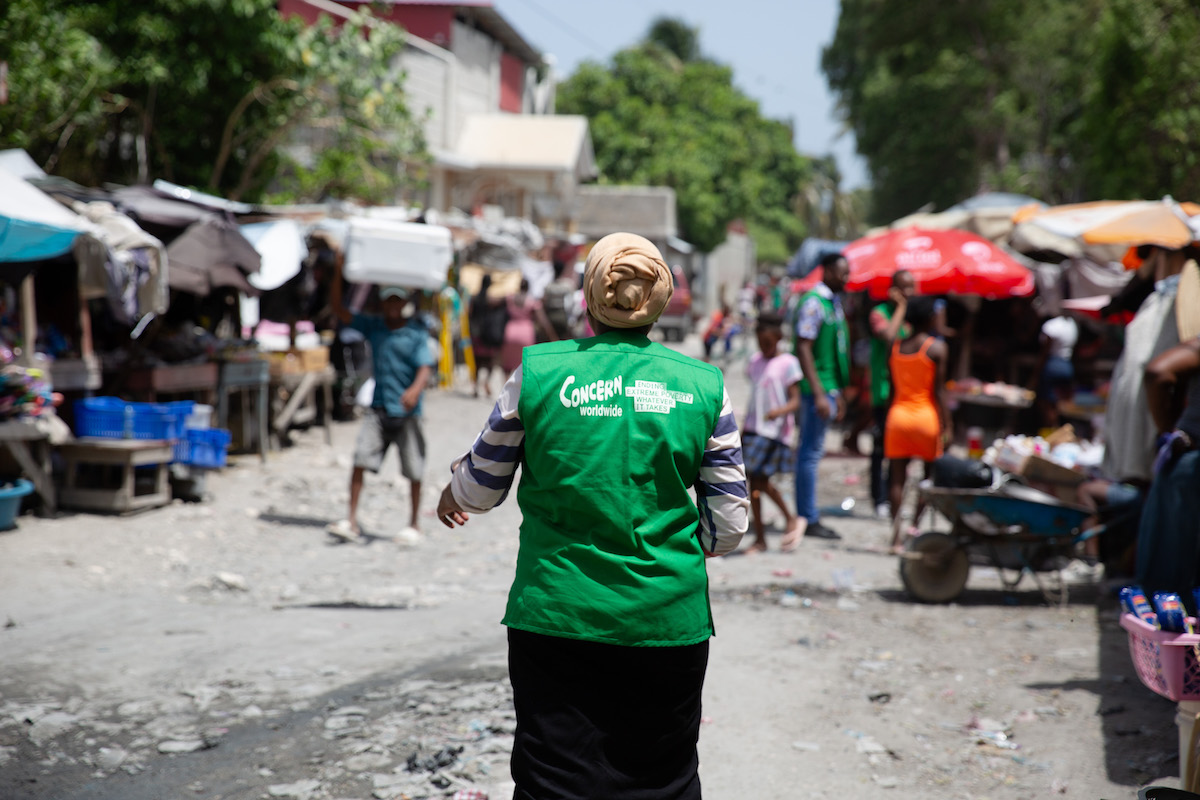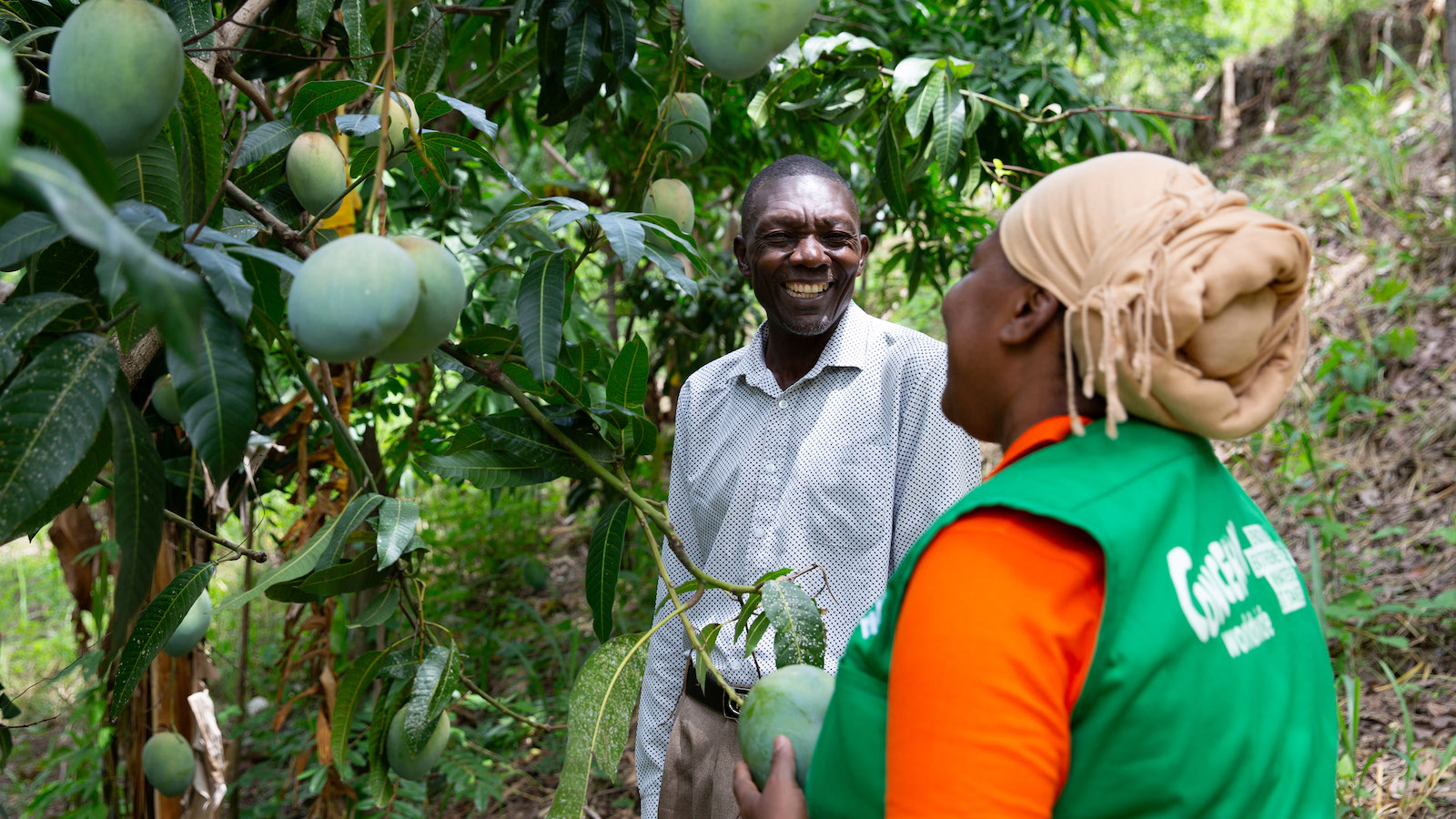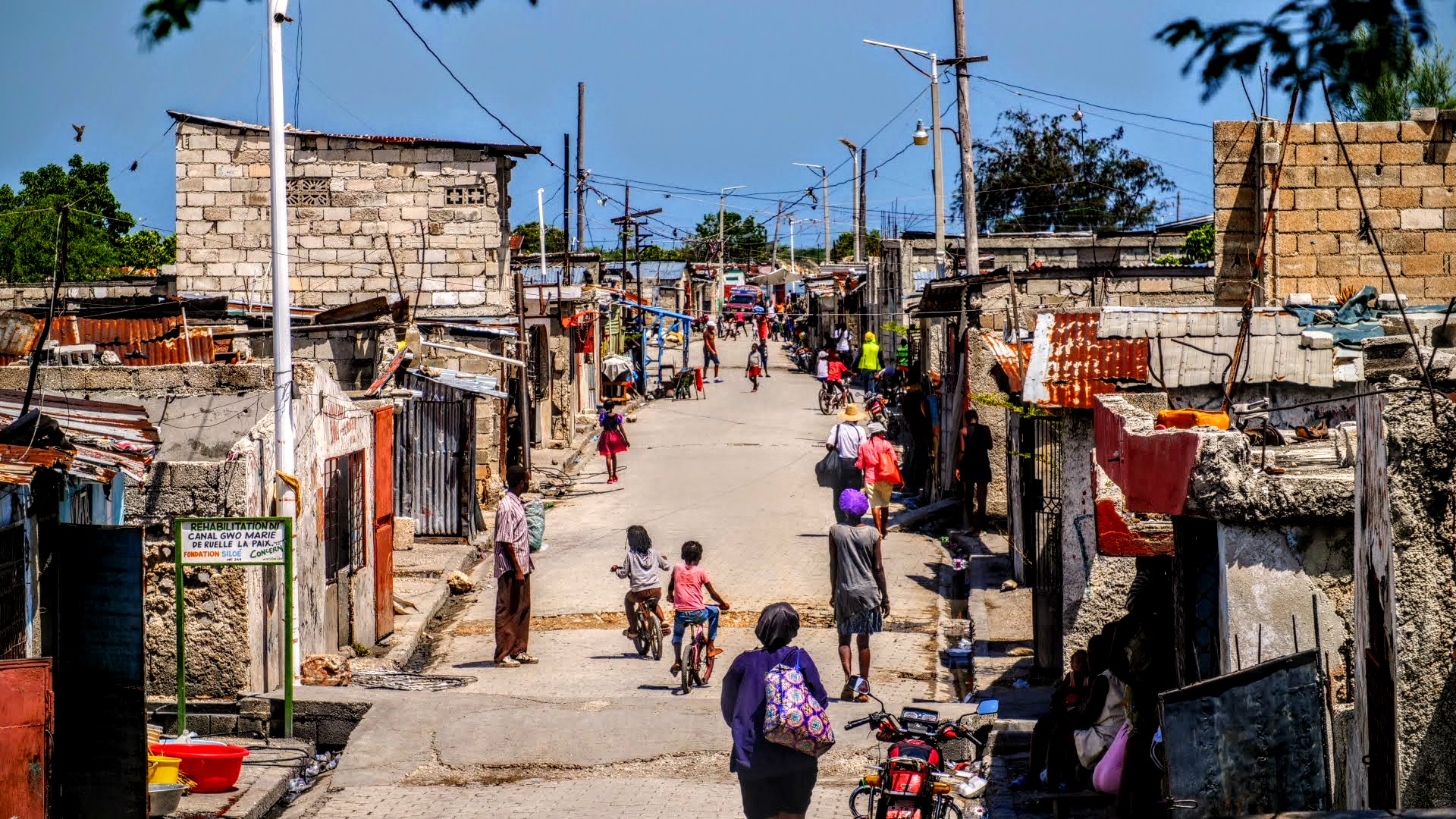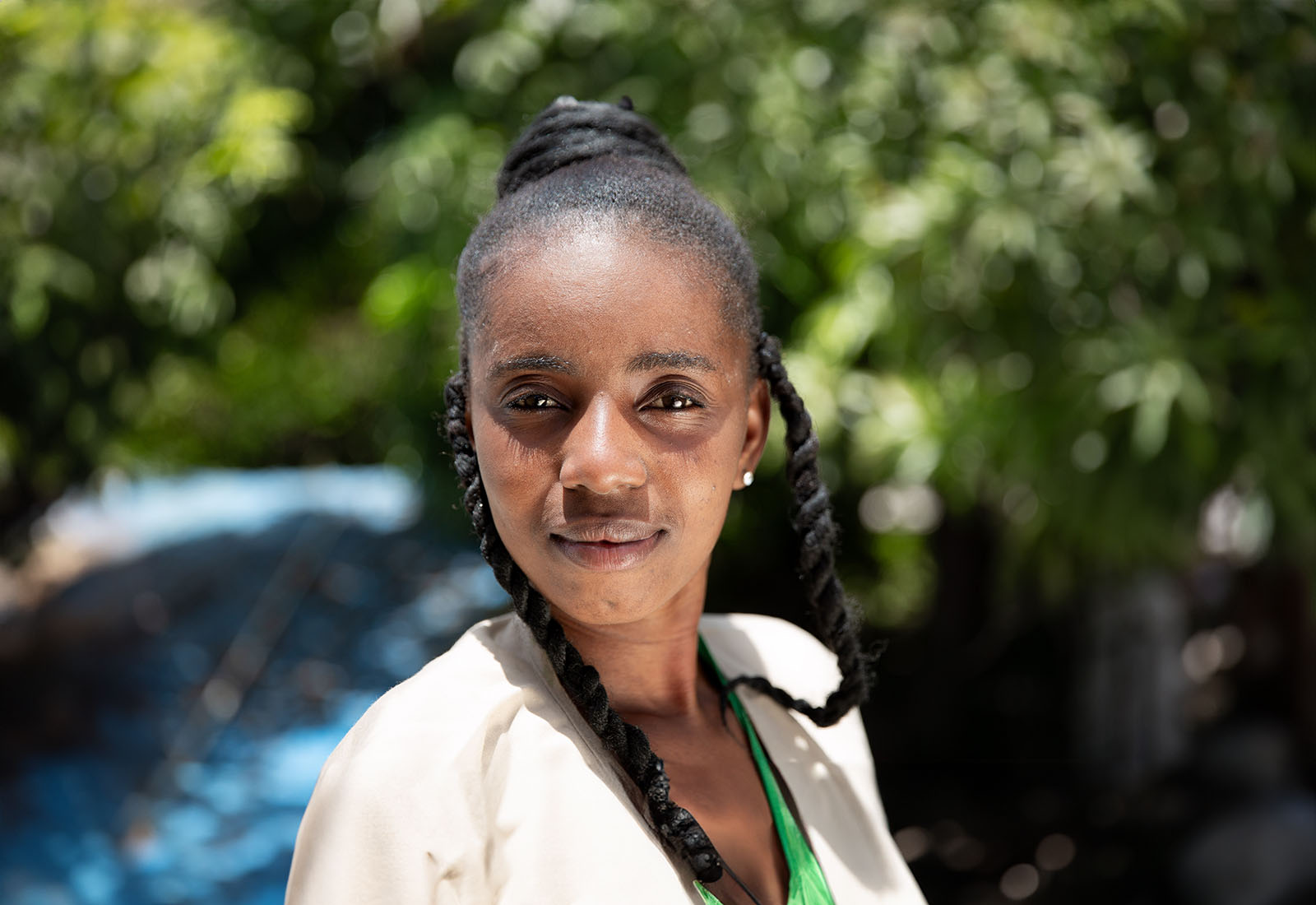How centuries of oppression, debt, and political instability led to this current moment in Haiti’s history.
Since 2019, the humanitarian situation in Haiti has continued to deteriorate. Amid political crises, gang violence, and international peacekeeping forces, an estimated 6 million people — half of the country’s population — will require humanitarian aid in 2025.
While the crisis in Haiti has worsened in the last two years, its roots go back by more than five centuries. Here’s our at-a-glance guide to the country’s history and how things led to this current moment.
1492: The “beginning” of history
Christopher Columbus lands on what is now known as Hispaniola (the island shared by Haiti and the Dominican Republic) and claims it for Spanish monarchs Ferdinand and Isabella. While this is regarded as the beginning of Haiti’s written history, the island had been inhabited by indigenous Taíno, who referred to the land as Ayiti, since the BC era.
1697: Saint-Domingue
The first French settlers arrive on the island in 1625, establishing a settlement known as Saint-Domingue. Spain cedes its territory in western Hispaniola to France in 1697.
Under French rule, Saint-Domingue is the country’s richest colony in the 18th Century, producing half of all the sugar and coffee bought and sold in Europe and accounting for one-third of the Atlantic slave trade.
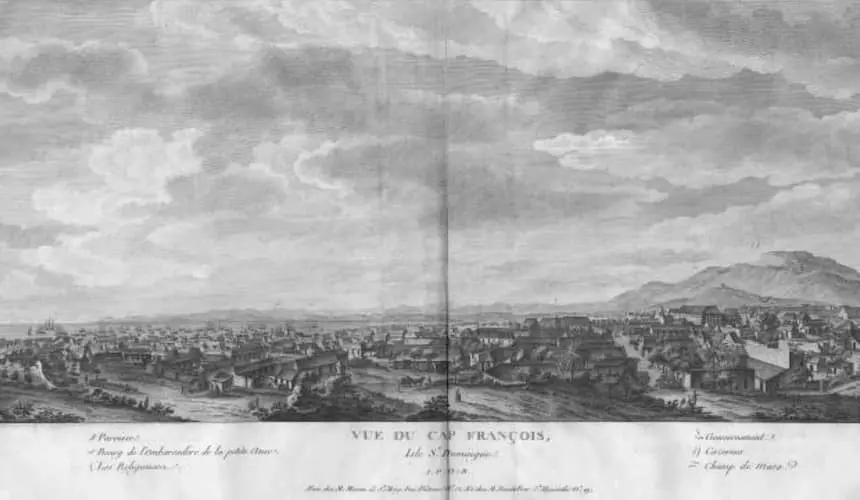
1789-1804: Revolution(s)
The events of 1789 make more people outspoken for the rights of indigenous Haitians. France violently represses this activism, which leads to the beginning of the Haitian Revolution in 1791.
The Haitian Revolution continues for more than a decade, destroying much of Haiti’s agricultural resources and infrastructure. On December 4, 1803, French forces surrender to Jean-Jacques Dessalines, in the northwestern commune of Gonaïves. For the first time in over 300 years, Haiti is once again an independent nation.
1804-20: A fractured peace and civil war
On January 1, 1804, Dessalines assumes the role of Governor-General. He declares himself Emperor later that year, and is assassinated in 1806. This leads to a civil war between the northern and southern regions of Haiti that lasts until 1820. Reunification following the second peace excludes Black Haitians from power.
1825-1914: Independence, but at a cost
French King Charles X agrees to formally recognize Haiti as an independent nation, provided that the country pay 150 million francs in reparations to France (approximately $40 billion in today’s currency). Haiti takes out high-interest loans — approximately 80% of the country’s annual national budget — from foreign banks to cover the cost.
In 1838, France reduces this debt from 150 million francs to 90 million (ca. $24 billion in 2025). The final payment is made in 1947, nearly 150 years after independence.
Haiti's independence from France came at a cost: Reparations that cost the country approximately $20 billion that were paid through high-interest loans. The final payment was made in 1947.
1937: The Parsley Massacre
A series of short-lived presidencies and border disputes with the Dominican Republic (resulting in temporary American occupation), culminates in 1937 when Dominican forces kill an estimated 30,000 Haitians living in the border zone between the two countries in what’s known today as the Parsley Massacre.
1954-71: Francois “Papa Doc” Duvalier takes power
Shortly after Haiti celebrates 150 years of independence, Hurricane Hazel makes landfall in the country in October 1954, killing 1,000 and destroying coffee and cocoa crops at the beginning of harvest season.
In 1957, following two failed elections, physician Francois “Papa Doc” Duvalier seizes power. His cult of personality turns despotic the following year when he establishes death squads to silence his opponents. In 1964, Duvalier declares himself president for life, a title he maintains until his death in 1971.

1971-86: The reign and fall of Jean-Claude “Baby Doc” Duvalier
Following Duvalier’s death, his 19-year-old son, Jean-Claude “Baby Doc” Duvalier, assumes the title of president for life. A popular revolt in 1986, however, leads to Baby Doc fleeing Haiti. He is replaced by Lieutenant-General Henri Namphy.
1987-88: Leslie Manigat elected and overthrown
The elections of 1987 are delayed following the assassinations of two candidates and a massacre of Haitian voters. Military-run elections in January 1988 declare Leslie Manigat the winner. He is overthrown in a military coup led by Namphy six months later. In September, Namphy himself is overthrown by General Prosper Avril.
1990-2004: Elected. Exiled. Re-elected. Re-exiled.
Avril resigns amid protests. Former Salesian priest Jean-Bertrand Aristide wins the country’s first free and peaceful democratic elections, with a reported 67% of the popular vote. His rule is interrupted in 1991 by a coup led by former Brigadier-General Raoul Cedras. Aristide is exiled until Cedras himself gives up power and enters exile in September of that year.
Aristide returns to power in 1994 and (after an interregnum term served by René Préval) is re-elected in 2000. Several failed attempts to overthrow his government result in conflict across the country, led by armed groups. Aristide is forced to resign in 2004 and leaves for South Africa. A multinational UN Peacekeeping force returns to the country to maintain security and stability.
2004-08: Free elections, natural disasters
Floods damage parts of the country early in 2004, a vulnerability that is further exploited that September by Hurricane Ivan and Hurricane Jeanne. Jeanne kills at least 3,000 and leaves another 250,000 Haitians homeless. Flooding destroys key rice and fruit harvests.
Less than a year later, Hurricane Dennis kills 56 and causes an additional $50 million in damages for Haitians. 2008 sees a string of natural disasters within just one month, including Tropical Storms Fay and Hanna and Hurricanes Gustav and Ike, destroying 25% of the country’s economy.
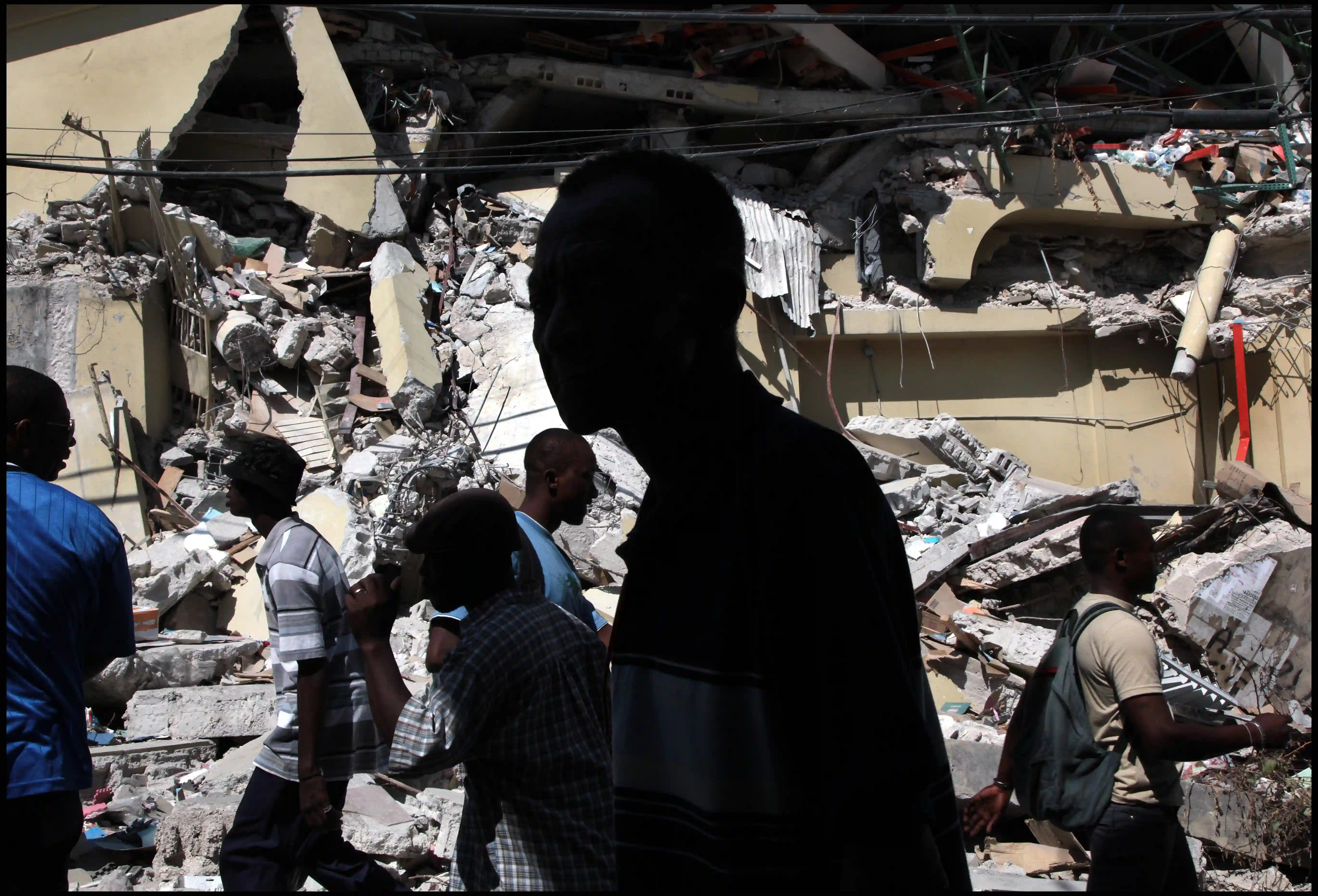
2010-15: Earthquake, cholera, and further instability
On the afternoon of January 1, 2010, a 7.0-magnitude earthquake hits Port-au-Prince. The scale is unprecedented in an urban setting. While international donors pledge $5.3 billion to help Haiti rebuild, many fail to meet their commitments. Further issues with funds not making it to their intended uses continue to fuel popular dissatisfaction with leadership, especially with little recovery progress being made.
The country is further overwhelmed by a cholera outbreak — the first of its kind on record, and regarded by many to be the worst in recent history. Lasting for years, cases number 820,000 and approximately 10,000 are killed. After a violent election cycle, Michel Martelly wins the presidency. He designates Jovenel Moïse as his party’s candidate at the end of his term. Moïse wins two elections in 2015 and 2016, and takes office in 2017.
2016: Hurricane Matthew hits amid a lag in funding
On October 4, Hurricane Matthew makes a late-season landfall, the strongest storm to hit Haiti since 1964. In addition to destroying crops just before harvest time, it exacerbates the cholera epidemic, leaves 200,000 families without a home, and causes further damage to the country’s infrastructure. Haitian civilians, especially the most vulnerable, suffer these consequences the most, especially amid a lack of humanitarian funding.
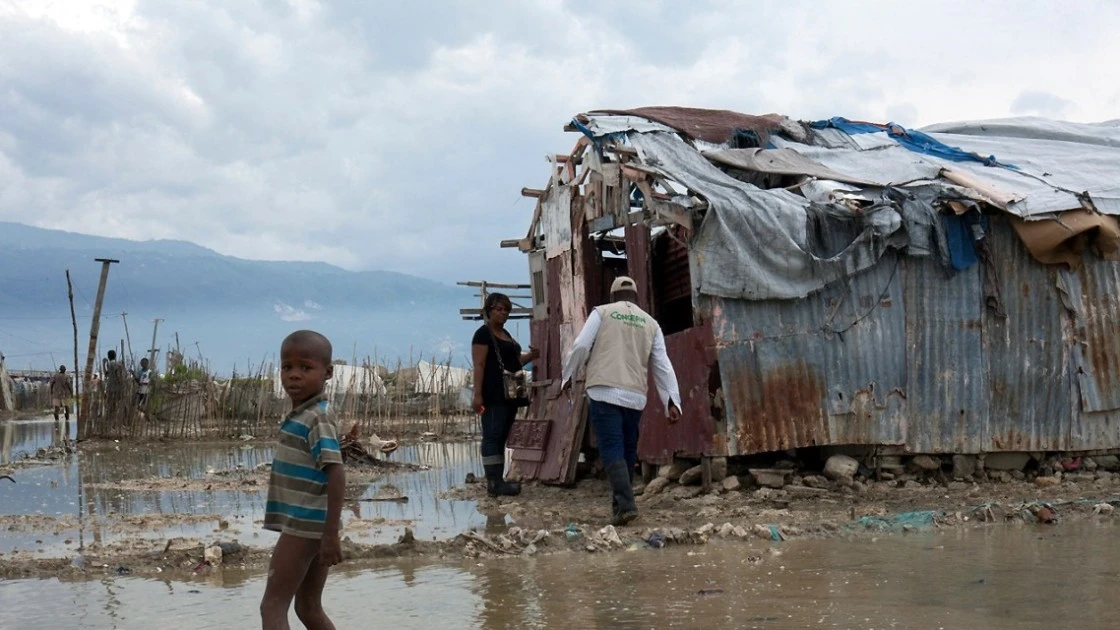
2018-19: The beginnings of a new crisis
In March 2018, Venezuela stops its oil exports to Haiti, setting off a chain reaction of fuel shortages. That summer, the Haitian government halts fuel subsidies, which leads to price increases as high as 50%. Protests begin and continue into 2019, often with violent, at times deadly clashes between demonstrators and police.
By the summer of 2019, the country goes on lockdown, which lasts for two-and-a-half months and blocks access for many humanitarian organizations into especially vulnerable communities.
2021-23: An increasingly dire situation
Amid growing unrest, President Moïse is assassinated in his home in July 2021. He is replaced by Ariel Henry. Five weeks later, a 7.2- magnitude earthquake strikes near the western commune of Les Cayes. It’s the largest natural disaster to hit the country since the 2010 earthquake.
In the wake of Moïse’s assassination, gang violence takes over with major clashes throughout 2022, including in Port-au-Prince. Conditions continue to deteriorate through 2023, a year that sees 2,490 kidnappings and 4,789 homicides. By September of that year, reports confirm that 80% of Port-au-Prince is under gang control. Kenya agrees to lead a multinational peace mission, which is approved by the UN as a multinational security support mission (MSSN).

2024-25: The deadliest year in recent history
President Henry resigns from office on March 11, 2024. A two-year transitional government is proposed in April, but its leader is removed from office in November.
Violence escalates in the final weeks of 2024, making it one of the deadliest years in modern history according to the UN. The International Organization for Migration estimates over 5,300 casualties last year, and over 700,000 people forced to flee their homes.
As of January 2025, just over 500 personnel with the MSSN have been deployed, leaving Haitians facing an uncertain future and moving further from peace. “What we are witnessing is a full-blown security, protection and hunger crisis,” says Concern Haiti country director Kwanli Kladstrup.
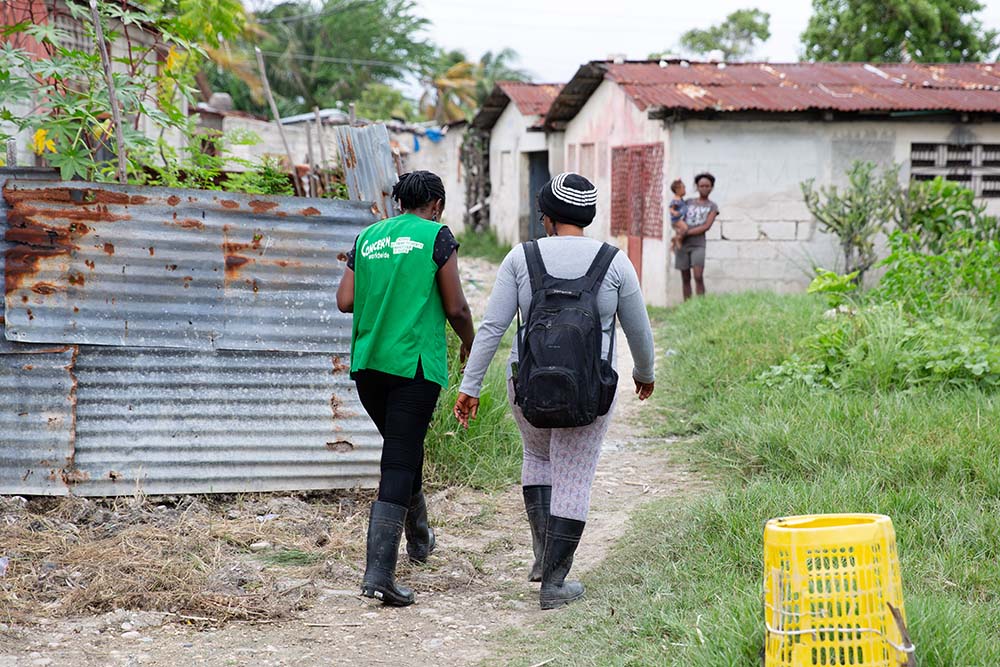
Concern in Haiti
Concern has been in Haiti since 1994, when we responded to Hurricane Gordon. Since then, we have responded to every major emergency to impact the country over the last 31 years. In early 2024, we escalated our emergency response in the country to meet increasing needs. Our work includes survivor-centered psychosocial support to people who have experienced violence, along approaches to preventing, mitigating, and responding to future abuse and harm. Our youth-focused work has also helped to foster a sense of solidarity among young people in conflicting neighborhoods to come together in promoting nonviolent leadership. Programs like Manje Pi Byen are in place to address the hunger crisis while supporting local markets.
From these larger projects to more immediate cash transfers and other distributions, our work in Haiti revolves around community trust and acceptance, including a sense of community ownership over each of our programmes. While we address the needs of the moment, we also want to ensure that the social ties that have been severed by crisis are repaired for the long term.

